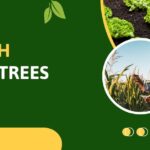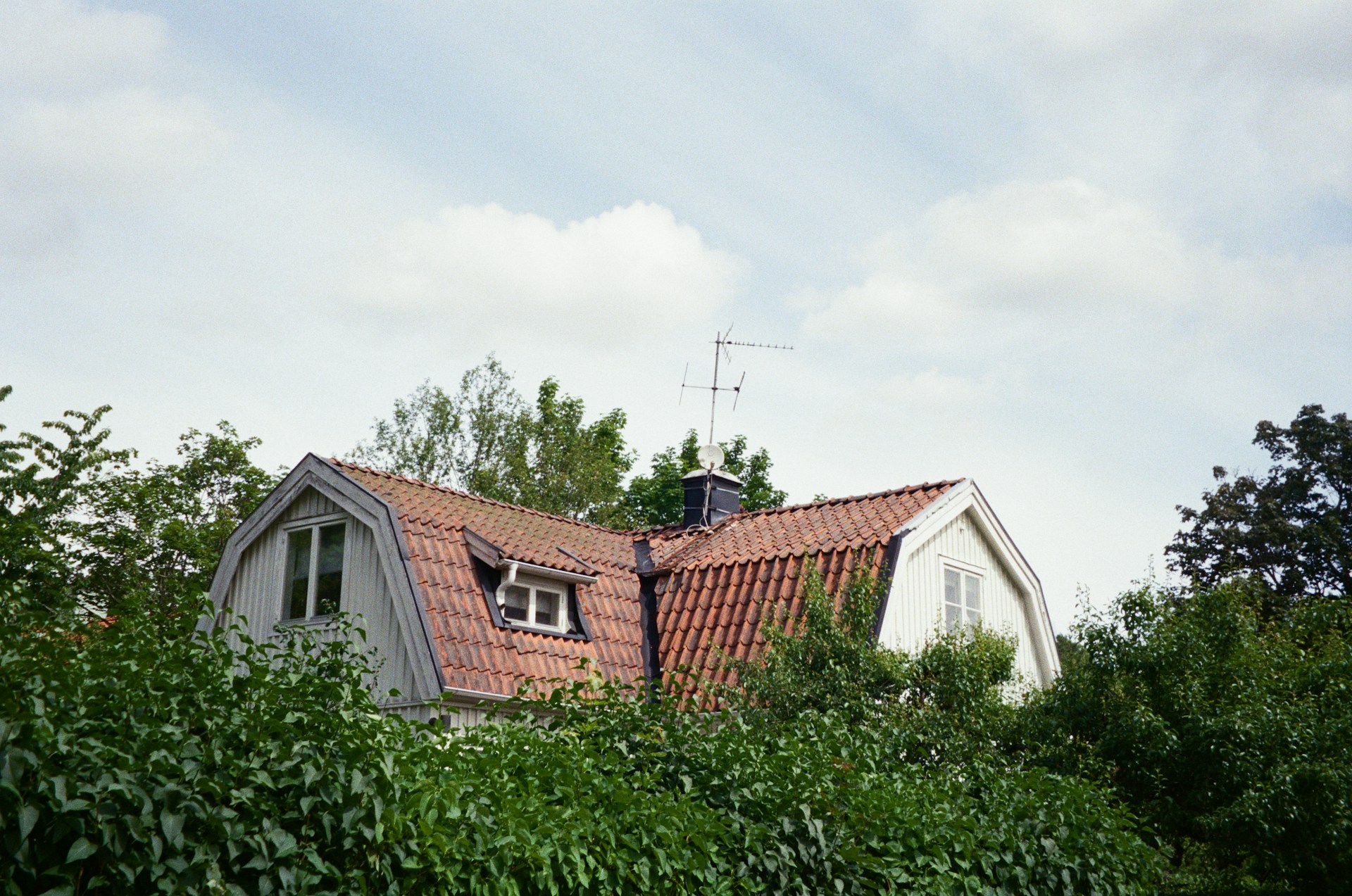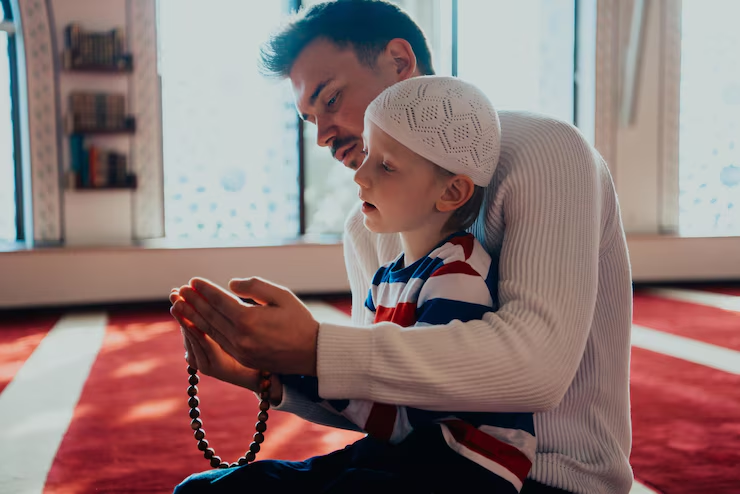I met Alisha in her studio in Pittsburgh and was immediately captivated by her skill as a storyteller. Her graceful ability to connect the dots of her own life and artist practice not only made for an easeful interview, but also demonstrated what I find so remarkable about her artworks: they playfully and seriously connect human experience across time, cultures, and place. Her works exist within unique and specific moments, while also transcending time.
Alisha uses photography, video, sculpture, and sound to deconstruct accepted realities in order to recreate new conceptual mythologies. By layering methods of science fiction, collage theory, and folklore she reconstructs stories, examining themes of gender, class, race and time.
I. Current Works
Katherine Saviskas: So what’s going on in your current making-world?
Alisha Wormsley: Right now I have two major projects going on, (Children of NAN and There Are Black People in the Future) and I also run art programming, so that’s mixed in there.
I moved to the edge of Homewood and Point Breeze neighborhoods because I had an art residency with the Andy Warhol Museum. I grew up in this neighborhood, but I lived right on the border of Point Breeze and Homewood. And Point Breeze was kind of like a historically middle class diverse neighborhood, one of the most diverse neighborhoods in Pittsburgh.
And so I grew up there, but Homewood is a pretty much predominantly Black neighborhood. It has this story where it has this legacy of brilliance. The first Black opera was there, Mary Lou Williams, there’s the performing arts high school, the arts high school was started by a Homewood resident but it’s moved downtown now. All these things, all these artists, filmmakers, musicians all came from Homewood, it’s got this amazing legacy.
So I have this residency there, there’s a lot of arts happening now in Homewood because that’s how you get grant money to serve these underserved neighborhoods. So the Warhol’s jumping on this bandwagon also, put me in this neighborhood, but I grew up in this neighborhood, but I haven’t been here in fifteen years.
So when I came back, it looks crazy. If you drove through it, none of the houses are there, it’s abandoned, everything’s boarded up, broken down. It’s just a completely different neighborhood than what I grew up in.
So, I got Warhol residency to support Children of NAN, which is a short film sci-fi series I started. I was filming it in Homewood and it was really easy to film there because this is like a post-apocalyptical story, and then it’s like the apocalypse, right, present-day happening in this area. So I just started working on that, thinking about that, processing that. All these shootings are happening, all these young men were getting killed by police officers, you know, things were escalating very quickly in the last two years, things kind of moved very quickly.
I’ve been making little things too here and there, I did a whole window series with of all these sayings that I tweaked but all of these old (I don’t even know what they’re called) just sayings; American.
I just started printing “There Are Black People In The Future” on all of them, and encasing it in resin. And so, I’m creating these artifacts, I’m excavating the ruins of this beautiful amazing neighborhood, and trying to preserve that legacy. Preserve and ensure that, you know, it’s like a prophecy: there are Black people in the future.
So, that’s one body of work. And it’s gone from, installation to sculptural pieces that are encased in resin. I worked with this sound artist, Ricardo Iamuuri, who collected sounds from where I got the objects and we made these compositions that go with them, so those are being shown in a lot of places. And then my final project of this body of work is right now I’m busting out medium format camera and I’m photographing all these places and I’m trying to create a photo-essay that is like this sci-fi story about the apocalypse of this neighborhood.
So that’s where I’m going, it’s like the last part, not that there are no more Black people in the future, but [laughs] then I’m going to move on because I want to finish Children of NAN.
So I go in the line, getting my bananas and something else, and there’s a magazine where it’s talking about bees going extinct. So I’m like, okay okay. So I tell the lady at the register, ” did you know that bananas, redheads and bees are going extinct?” We’re laughing about it and the cashier was like,” no, all that’s true.” And it affected her. You know, I was kind of joking, I really don’t think that any of those things are going extinct, not that there’s not a risk, but I just don’t think it’s going to happen.So then, I go to Westinghouse to teach, and one of my student’s brothers was killed. So I just started thinking about going from one neighborhood to another and that there’s like this privilege of extinction, even extinction is privileged. In one neighborhood, they’re fearing these things that aren’t going extinct, and then there is the actual problem that Black men could go extinct extinct.
So then I filmed all these redheads eating bananas, and then in the bottom corner I put the names of all these men who have been killed, and then on the sides I recorded these mantras. So me and the sound artist, Ricardo Iamuuri, who is actually my partner, we said these mantras over and over again, like: “I am, I am enough, My eyes are open I can see”.
I’m always just trying to create these spells that will protect, that will ensure. All these things that I’m working on are so heavy and it seems really irresponsible to just put them out there without giving them a context to heal. So that’s that.
III. Beginning to See Self as an Artist
KS: So how’d you come to notice that you’re an artist? What was that process like for you?
AW: Well, so, I went through this five-year program at Berkeley where I just got a master’s, like you do it all at once in one stop, which is lucky because I never would have gone back to school. So I got this Master’s in Anthropology and I was super focused on diaspora, folklore, mythology and storytelling. So that of course includes the arts, how you design a city, all these things and so forth.
Also, there’s one particular thing that really got me, there’s a book by Zora Neale Hurston called Sanctified Church, and she does this—and it’s a study, it’s a collection of essays that are studies that she did in post-emancipation south, and she went to all these churches and she started recording. She just observed what happens in these churches and she got really into when people started speaking in tongues, so when they’re speaking in tongues she started recording them. And she found, when she started to transcribe these recordings, she found traces of African dialects within these recordings. So I just remember reading that when I was doing my thesis and being really blown away.
It was just this whole thing with time, like the idea that something had been suppressed, this is like generations, this is like after 400 years of slavery that people are retaining that knowledge, that memory. So really just thinking about how we have this capability of knowing our entire human history, we have it all in us. It kind of was this expansion of time for me, like everything that’s past, present, future all happens in the same moment.
And also this idea of cross-cultural phenomena because these stories, these memories happen all over the world simultaneously, you know like tarot is all over the world without connecting. There’s totemism, I mean there are totems everywhere. All these things that just kind of have stuck with humans, it was really fascinating to me, so I always would try to find those things in stories.
I minored in photography, and I got a gig photo-documenting a mural conference in Cuba, right after school. Yeah, and it was all these artists from all over the world, everybody’s just hanging out, and kicking it. I remember this one artist from Spain, he was just like, Alisha, you’re an artist, what are you doing? And this is just from our conversations.
I had painted murals in the Bay with Precita Eyes, and I was always into art in high school, but I just didn’t think about, you know, making that my major or focusing on that. So then when I was in Cuba, I was supposed to be there a month, and I ended up staying for four months. And I went to this artist community by the beach and just started doing printmaking and hanging out, and doing a lot more photography, and started doing collage and really getting into it. And really just thinking about ideas, like how I could represent these ideas I had visually. So that’s how that happened.
KS: So did you have a vision before you started to make art as an adult about what you thought you might spend your time doing instead?
AW: I thought I’d make documentaries. And travel around the world. And then because of my minor in photography I just got these gigs doing photos, I was a photographer’s assistant for two photographers. I’d travel with them. Yeah, I always taught kids, even when I was in high school, I was working at camps. Yeah, and I don’t really know what I was going to do, I had no idea actually, to be honest, I just was a kid, I just wanted to party and travel really.
IV. What Is a “Public Artist”? Are You One?
KS: So I saw on your website that you use the phrase “public artist.” What does that mean to you and is that still something you feel like you are?
AW: Yeah, I mean, you know I think a public artist is anybody who tries to connect the public to art. Period. And makes work that’s accessible to the public. So, for sure. The work I do just with the Homewood Artist Residency, afronaut(a), I teach, I’m constantly sharing art with the public. So, yeah. I think earlier on I’d really gotten into and was painting a lot of murals, doing a lot of outside artwork, but I still even though I haven’t painted a mural in a really long time, but I’m still a public artist, for sure.
KS: So if a young person said they wanted to be a “public artist” and they wanted to ask you about how to make sure that the public had access to art, what are some things that you might suggest about different approaches or ways to get art to the public?
AW: Right, well, I mean, you can tag. [laughs] Or I mean, just, where are the people? Or, what public do you want to see it? And then you just concentrate by those, find where to put it, so that those people can see it. I think it’s pretty simple. Until you need to start getting permits and shit like that.
V. Art Practice & Reliable Inspirations
KS: What does a day or a week in your life as an artist look like these days? Is there any kind of patterns of your practice, or does it tend to vary a lot from day to day?
AW: Man. It varies a lot. Well, maybe not. I just picked up a class Tuesday mornings, so I teach Monday, Tuesday, Wednesday mornings, just until 11:30. And then I don’t have anything else, so I’d probably be in studio or doing work. Because you always have work to do, grants to write, funding to get. Meetings, people love to meet. I hate meetings. I feel like nothing gets done in meetings, those are like my nemesis. I’m like, we could have done this shit over email, like I could be in my pajamas eating cereal at my house, this is ridiculous. But that’s a part of it. I guess people like to see your face before they write you a check or give you a responsibility.
Yeah, it changes all the time too though, because like once the semester’s done, I don’t have anything to do this summer. Except I’m going to finish this photo-essay project and chill. Yeah, I’m four months pregnant, so I’m growing a baby. So I’m going to be getting ready for that this summer. I have a residency in Paris next year so that’s going to be most of the year and that’ll be completely different. Then it’ll just be me working on art every day and taking care of my kid. I’m pretty excited about that. And then I’ll just be back here, working, hustling.
Basically, that’s what happens, just hustling. And I take breaks. I’m 36 so I’ve mastered this hustle-chill rhythm that works for me, so usually in the chill parts is when I really make the most work.
KS: So I know a lot of creativity or inspiration for creation can just come to us, and like what you were saying with the story in the grocery store where that just presented itself to you, and then you were in another project. Is there anything that you feel like is predictable as a source of inspiration for you?
AW: I think teaching kids is a pretty consistent inspiration. My grandparents. Traveling. Traveling is probably my biggest. Because then I get to talk to people and hear their stories, and that’s where I get all my fuel. And I read a lot.
KS: What kind of stuff are you reading right now?
AW: I read a lot of science fiction. And I read a lot of mythology-based stuff. And I watch a lot of history channel documentaries.
VI. On Participating in Flight School
KS: So what brought you to flight school? What interested you about it?
AW: Well, I have a good friend who’s a brilliant writer, Dr. Tameka Cage Conley, and she had done Flight School the year before. And so then the day it was due, I didn’t even think about it. And then Blaine was like, did you apply for Flight School? And I was like, oh shit, no, and then I just did it, I just filled it out. I was very honest and my answers were very short. Yeah, so then I got in and it was this awesome experience. It was really, really great.
KS: What did you end up learning? What are a couple examples?
AW: Well, one, it starts out with the Creative Capital weekend, which is just priceless. There’s this one woman and she just spoke and I like cried. I had missed the first night of the thing because I had a gig in California and my flight got canceled, and then I couldn’t get back, so I had like no sleep. And she was like, just talking about how you have to value yourself as an artist because no one else will. She was just so affirming and just had so much strength and I just felt like she really got it. I was just so touched that I cried, and I’m not a crier, I was like, oh my god. No matter what I’m doing, I just have to know that I have this level of self-worth.
There were a lot of things I already knew, like: artist statement and budgets and grants and residencies. Every week is a different topic. So there wasn’t too much that I didn’t know, but I still got to workshop all the things I already have been working on there with this whole group of people. And the real awesome part of Flight School is that you are in the room with 12, 13 other artists that are amazing, and you just make these connections with them, and collaborations with them. It just starts this whole kind of inertia that’s really awesome.
KS: So it was about a year ago, it’s a springtime thing?
AW: Yeah, eight Mondays. It was really hard because I was traveling all the time too, it was really hard for me to be there on Mondays, and you can’t miss any.
KS: Do you notice any specific ways in which you’re different than where you were a year ago based on your experience?
AW: Well, some of my short-term goals were not teaching for a year, and I didn’t teach for eight months, so that was good. And then, I found out I was pregnant and I was like, oh shit, I’ve got to make some money. So then, figuring out whether I wanted to get gallery representation, because I’ve been avoiding it because it feels really shady to me. But I bit the bullet. And so, things like, my art’s working more for me instead of me working for it. And yeah, I’m getting nominated for bigger grants and fellowships, and I was nominated for a USA artists fellowship. Yeah, and I don’t know, it probably has something to do with Flight School, I don’t know if totally.
It’s just good to do something that’s dedicated to your practice. Like, just the fact that I took that time, put in my schedule the time to be there every Monday night, it was huge, for eight weeks straight, that was huge for me. And to really just be able to give yourself the opportunity to say: this is my career. And really just see the bigger picture of it, is huge. I’m so thankful for it, for Flight School. And I think a lot of people were.
And you know, there were people in there, and it’s hard to teach an old dog new tricks. And it was so funny because there were people just out of MFA programs, younger artists, and I was like, you guys are going to be fucking awesome, this is putting you in a place to–you know most of us are already set in our bad habits and horrible use of time and organization and all of that. And they’re totally applicable things. And I did incorporate some things. We had to do this time tracking thing, which at first, I was like, I’m not doing that. I’m such a bad student. But then I did it one day, and I was like, holy shit, it takes me so long to do everything. And you think like, ‘oh that’ll take me fifteen minutes’, but then it takes like two hours. [laughs] And I’m like, okay.
And yeah, I really feel like all the people in Flight School, we’re all homies, we all hang out, like go have some drinks. And everybody works together, and so supports each other, so it was really a kind of beautiful thing.
KS: What’s your artist community here like in general?
AW: There are good artists here. There’s a lot of like-minded folks. Everybody kicks it and goes to the same parties and the same shows.
KS: Thanks for talking with us Alisha!











